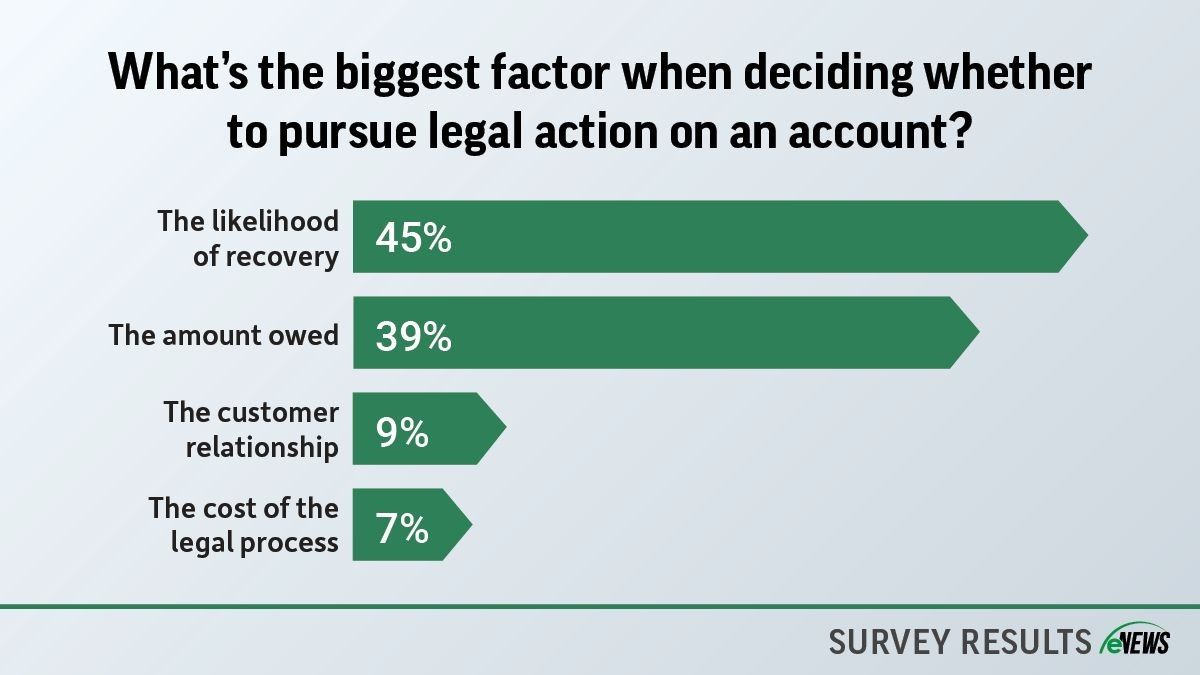eNews, Leadership
The power of strong nonverbal communication

As day-to-day communication shifts to largely online, it is critical that credit professionals make the most of every conversation, whether it is in-person or virtual. From facial expressions to tone to body language, there is a lot to keep in mind in conversation to ensure that you are not only making your point clearly but effectively.
Why it matters: Nonverbal communication relates to the subtle way we communicate our feelings, thoughts or mood without necessarily saying anything. These physical signs, whether they appear during a video call, a busy meeting or a short conversation in the hallway, can undermine what you are trying to say when not kept in check.
You might find yourself over-analyzing what you plan to say during a meeting, but how often do you consider your body language? There are many visual cues that might catch your colleagues’ attention, for better or for worse, including eye contact, tone, facial expressions and body language.
“I work for a company that’s fully remote, so nonverbal communication is something that we really put an emphasis on because through electronic communication, messages can be misconstrued,” said Jessica Kinney, CBA, director of credit and collections for Soligent Distribution (Dallas, TX). “We’re big on making sure that you have your camera on, making a point to stay focused and giving whoever is speaking your undivided attention.”
Taking the time to check over messages before sending can help you ensure you’ve struck the right tone. “I recommend proofreading messages, whether they’re sent via Teams or our email,” said Misty Menashe, CBA, credit and collections supervisor for LaCrosse Footwear (Portland, OR). “Looking over what you’re about to send to make sure it is appropriate and clear can help maintain a level of professionalism in your communication.”
While on a video call, you need to consider your body language as much as you would in an in-person meeting. “Our company asks that everyone keep their cameras on during meetings, so it is really important that everyone stays focused and pays attention because it is clear on the call when you are more focused on another task,” Kinney said. “If you’re having a conversation and they see you looking at a different screen, checking your phone or answering an email, it gives off a message that you don’t care. If you’re on camera and you’re slumped over, it might not be sending the right message given it is still a professional environment.”
When it comes to more sensitive topics, whether it is a conversation with another team member or a customer, nonverbal cues can help ease tensions. Taking a few minutes to prepare your space before a meeting can help put you at ease before a potentially tense conversation.
“When you’re having a conversation virtually, it helps to pull up a statement or any related document on your computer to refer to,” Menashe said. “Sit up straight and keep your hands in front of you. In collections, it can be easy to come off accusatory, so make sure to smile and project confidence.”
Strong nonverbal communication requires a certain awareness, whether that is an understanding of how your resting face may be interpreted or how your attitude may impact your tone. “Self-awareness is important,” Kinney said. “Pay attention to your facial expressions, hand movements and tone. Are you passionate by nature? Do you get excited, or loud? It helps to be mindful and seek feedback on these behaviors.”
The bottom line: When it comes to effective communication, the importance of nonverbal cues cannot be underestimated. As subtle as these cues may seem, when managed they can help you more effectively communicate, ease stress during potentially tense conversations and maintain positive relationships with colleagues and customers.





